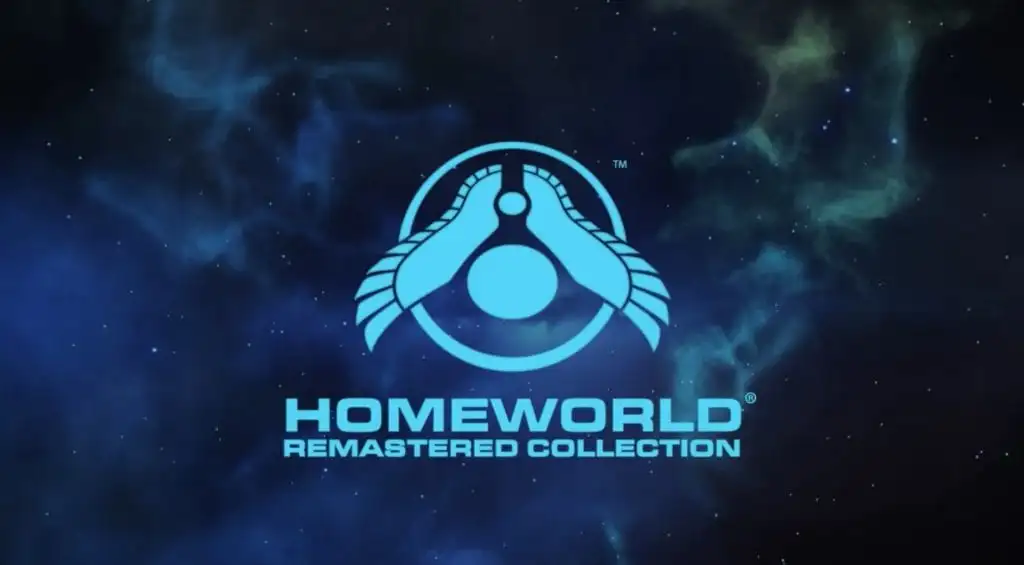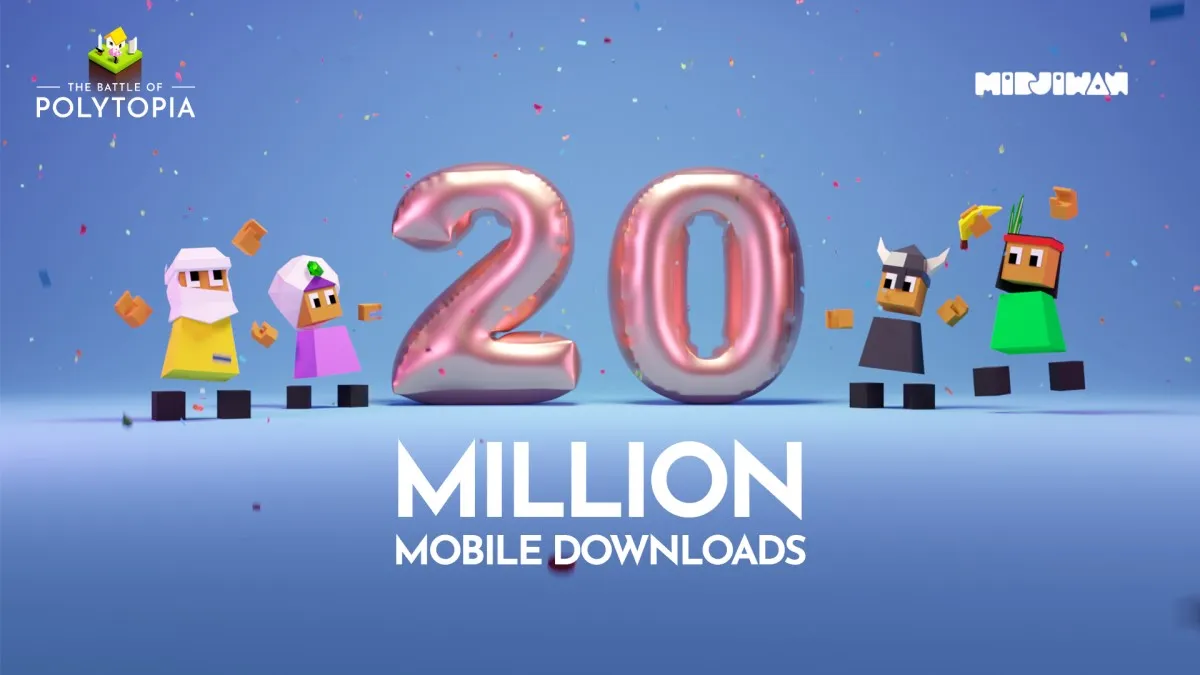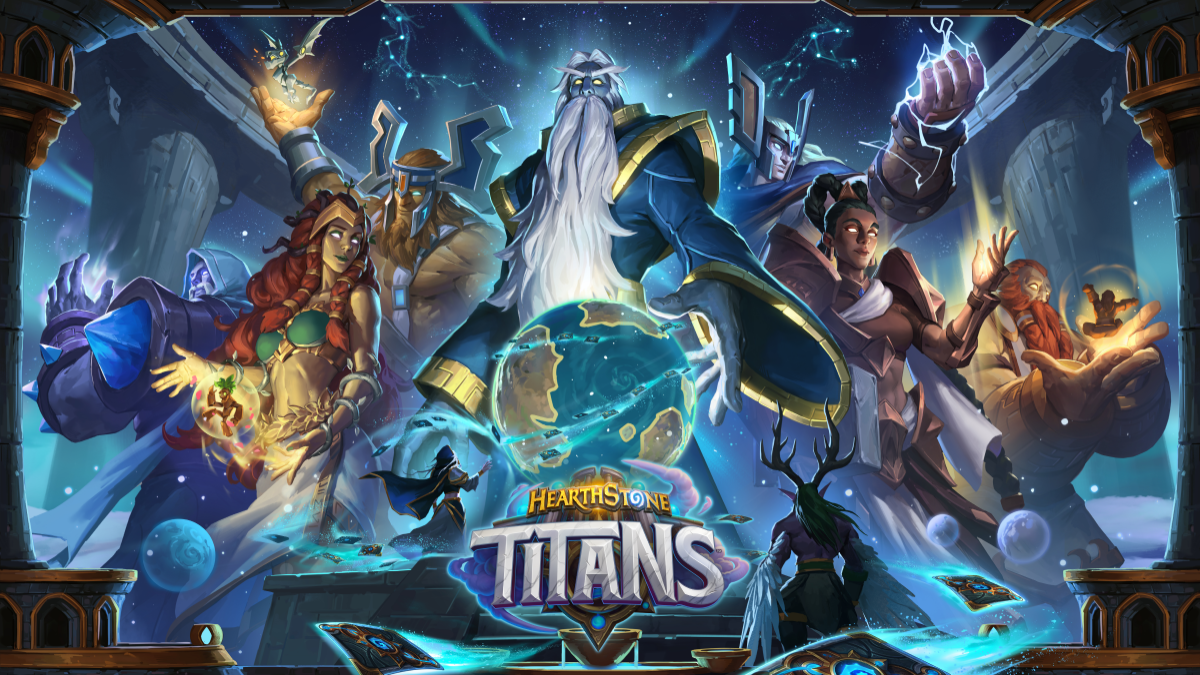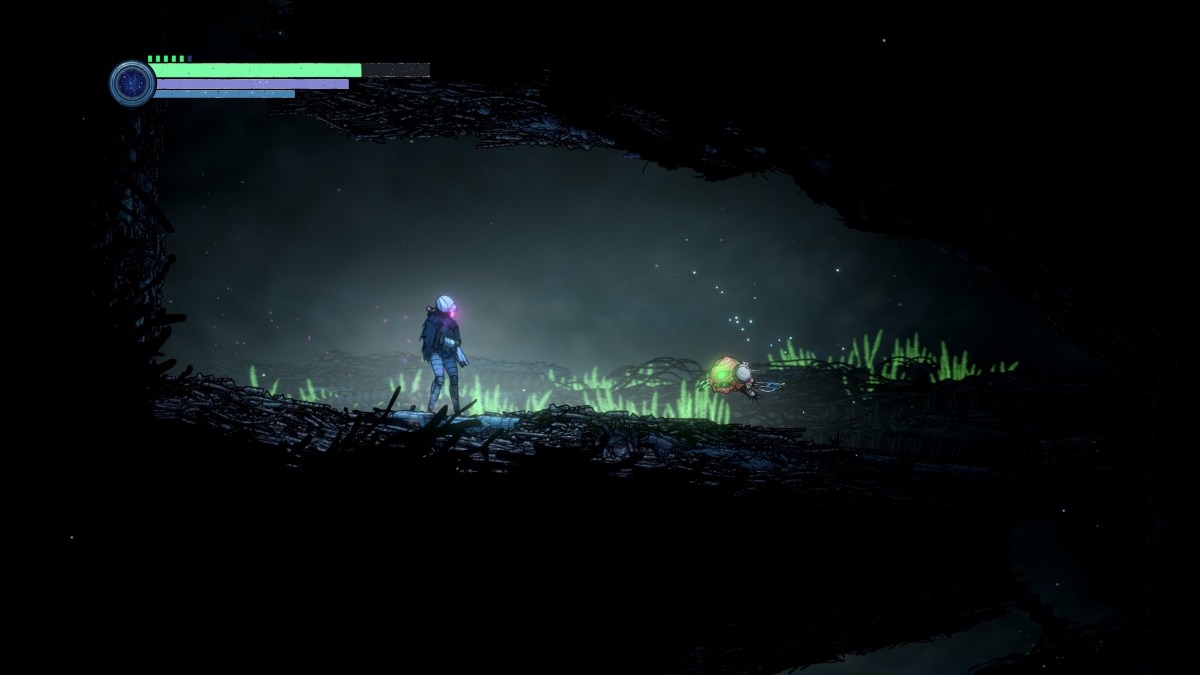The mere mention of the name Homeworld brings with it a flurry of warm fuzzies for basically anyone who was PC gaming at the time. The original game in 1999 was a pioneer, breaking ground and sucking people into a world of fleet-based three-dimensional strategy; the sequel a few years later was basically more of the same but better looking. You scarcely need to don the rose tinted specs to appreciate just how great those classics were.
A splendorous and revered space-based real time strategy title with a furiously devoted fan base could hardly be considered the simplest choice of game to remaster. Nevertheless, this is the grandiose and, perhaps, daunting task with which Gearbox Software set themselves shortly after plucking the abandoned IP from the remains of THQ in early 2013.
That purchase was met with a degree of scepticism, ‘Wha..? The Borderlands guys? Doing Homeworld!?’ HD rehashes for the two original games were announced soon after, but given some of the disappointingly skeletal re-releases the gaming community had already seen by then, few people were left any more convinced.
Keen to diffuse cynics, Gearbox promptly announced they’d be working hand-in-hand with some of the original creators. From that point on it was all excitement, expectation and bated breath. The hype peaked a couple of Sundays ago when a onslaught of impressive-looking gameplay footage was unleashed at PAX South to the orthodox purring and cooing of a captivated audience.
Still not entirely sure that spaceships work the same way as guns, we decided to speak with Chief Creative Officer Brian Martel and Product Manager Chris Faylor so they could explain more.
You can read the interview or listen the interview with the player below.
[powerpress]
IncGamers: What’s your personal connection to Homeworld?
Brian Martel: For me, it’s always been this amazing epic/mythic tale of the people that are leaving their homeworld and going across the galaxy to find another planet. That kind of Battlestar Galactica meets Star Wars thing is just fricking cool. I think it’s got some of the best ship designs in the last 20 years. I always loved the sense of scale and the space opera thing.
Over the years as it just languished and sat around and no one ever figured out how to get it released, I would occasionally just pick it up and play a few missions here and there and think, ‘Wow, that looks amazing.’ It was just one of those things which I always loved.
IncGamers: Why make a remastered edition?
Brian Martel: These games were just sitting around not doing anything – a kind of a sad travesty in the pantheon of gaming – so somebody had to do something about that. Luckily, with us being able to win the bid on this (the IP) it was our turn to do something right with it. We didn’t want to be this knock off company that would just take it and put it out there. ‘Yeah it’s digitally redone and it eventually goes out on sale and whatever.’ We wanted to make it as good as it could possibly be.
I think what we achieved is what people have in their mind’s eye when they look back at the old Homeworld. You have these lens which you look back at old games through and think about how incredible they were, then you go play them again and you’re like, ‘Oh! Oh…. well… that’s a little clunky’ or whatever. So what we wanted to do is make sure that wasn’t how you felt when you played the remastered version; but it looked like what you expected, it sounded like you remembered, and all these things. That was our approach, let’s make this thing amazing.
IncGamers: What sort of changes have you made which will affect the gameplay?
Brian Martel: One of the things we realised is that Homeworld 1 was fine, but it’s a bit of an older engine, and Homeworld 2 had really started to get in to more modern day rendering technology and other kinds of tech that was there. So we took Homeworld 1 and imported it into 2 so that we’d have this unified foundation to be able to look to the future if we wanted to, but also to make it so that these two games were on par and that they felt like one glorious overarching story between one and two.
We also knew that if you were going to play the remastered version of 1 that we had to make sure that things like the formations and the way that ships work is correct and felt like you remember it and like it did.
So then we would take those things and say like, ‘what if we took the multiplayer and brought all this together and were able to play with all the factions against each other in all the maps in Homeworld?’ We also overhauled the UI and brought it into kind of modern sensibilities. These are the kinds of things we did.
Chris Faylor: When we first announced that we’d purchased Homeworld a lot of the response was, ‘Hey! Are you guys going to bring all the improvements from Homeworld 2 into 1?’ It’s not giant gameplay changes, it’s the hotkeys and the way you move units. It’s just for the sake of consistency.
One really cool bit for that was that back in the day the voice of the mothership in Homeworld 1, her name is Heidi, they tried to get her to reprise the role in Homeworld 2 but she was pregnant at the time to the point where it had altered the sound of her voice and instead they had to cast a sound-alike. That was something that some of the more hardcore fans weren’t happy with. So this time we were able to get the original Heidi back and rerecord all the original lines.
IncGamers: Just to be clear, although now they’re both using the same engine, the ships in Homeworld 1 still control exactly as they did in Homeworld 1?
Brian Martel: Yep
IncGamers: So, Gearbox working on an RTS… what’s all that about?
Brian Martel: You know we hadn’t made a skateboarding game before we worked on that and we hadn’t made a musical game before we did that. We’ve got a pedigree of people here who love lots and lots of different games. Myself, I worked at Microprose and my first game was working on Civilization 1.
Even though our focus is AAA shooter games, that doesn’t mean we’re not capable of handling all the rest of these things.
What’s beautiful about this particular game is obviously we’re not generating from the ground up an RTS, right? We’re leveraging one that exists, we’re reengineering in many ways and focusing on the look and feel of it and helping it to be “modern day appropriate”.
At the same time you’ve got many of the original members of Relic paying attention, helping us and overseeing it and literally working on the project. So it is not only just a Gearbox, it’s still a Relic game in some ways. These are the founding members of Relic who’re working on this.
Chris Faylor: You’ve got Alex Gardner, the original founder of relic; Rob Cunningham, co-founder of relic and art director on HW 1 and 2; Aaron Kambeitz, lead artist on HW 1 and 2; Luke Maloney, lead coder on Homeworld 1, did a lot of work on 2, and also one of the co-founders; and then Paul Ruskay (music HW1 and 2).
Paul still had all the original digital audio tapes for voiceovers and music, so he was able to go straight back to the source and re-master and remix.
Brian Martel: That’s an interesting thing too. You mention remixing… one of the things about time and experience in making these kinds of things is, especially with something like an audio engineer and composer, he’s improved a lot in the ensuing 15 years and has a lot more wisdom and understanding in how to engineer some of these musical elements. He was able to remix these things in ways that sound better than they even did before.
IncGamers: How about the Homeworld community, how have you involved them?
Chris Faylor: Brian’s been in touch with a lot of modders and those core groups to ensure that moving ahead we have the mod tools, mod support and hooks there that those communities have come to rely on for the last 15 years. Second, some of the actual modders themselves have become part of the Homeworld Remastered team. If you notice on the Steam page, we talk about there being new multiplayer modes; that’s a result of us bringing in some of the mod crew as actual staffers on the project and hearing them say, ‘we’d really love to do this and here’s how.’ and they made it happen. Their insight was really invaluable.
If you can make those guys happy, these are the core of the core, then you know that you’re going to make most everybody else happy. It helps to have that level of legitimacy with the mod community involved, it was really important to all of us to reach out to those guys.
IncGamers: Combining the multiplayer for both games was quite a bold move. What influenced that decision?
Chris Faylor: First, we knew that they both used Gamespy, and that was no longer operational so we had to replace the net code. Second, we knew that when we released them, we wanted to release them together as part of the collection. We didn’t want separate multiplayer clients for each game because we didn’t want to fragment the community. As we started investigating what that entailed we ended up having this new multiplayer client with all new net code that gives you all the races, all the maps, all the modes and both games in one central client.
It’s been a lot of work play testing and balancing that to make that these different fleets that were never meant to face off against each other are balanced. That’s why when we’re launching we’re calling it (the multiplayer) a beta, because there’s going to be a lot of balance things that we’re going to keep working on. We want to make sure that people understand this is going to be a living breathing thing that is being actively shaped by fans and their feedback to the point where when you boot up multiplayer for the first time you’ll get a little popup which tells you how to submit your feedback before anything else.
IncGamers: Graphically the game is clearly looking splendid. Is there anything you particularly like about the new look?
Brian Martel: There’s a subtle little thing I love. Your resource collector goes over to the asteroids and he uses a magic little beam of resource consumption, right? As he’s doing that he actually heats up the whole asteroid and you start to see these veins of material in the asteroid light up. This is not something in the original game, it’s something that we added and it just looks amazing. After it’s all used up it finishes off and there’s steam out in space from it overheating and stuff. It’s such a nice thing to see and the asteroid is darkened and changed and lets you know that it’s been fully resourced.
So much has been done for the renderer bringing it up to date; having modern shading, self-shadowing, things like the beams actually casting light… even scoring and damage upon the ships – when bullets and missiles hit them it stays after they’ve been hit. Then we reworked the backgrounds heavily so they looked really modern and up to date and gorgeous. That’s another area where Rob (Cunningham) really helped.
IncGamers: And going forward?
Brian Martel: Obviously, I’d love to do some future stuff with Homeworld. We love sci-fi and I think that this brand brings a really cool place to play around with a lot of different types of gameplay. RTS is one thing, and that’s cool, but I think if you really spend a lot of time and imagine different types of games that could happen in this universe I think it opens up pretty quickly into what else could be done.
On that note I thanked the Gearbox chaps for their time and we all moved on with our lives. I had some questions about multiplayer features answered by e-mail later, basically it’s going to be pretty bare bones while they work out balancing; probably no spectator support, in-game recording, ladder, etc. In addition, I did pry about the in-development Homeworld: Shipbreakers from Blackbird Entertainment, but they were keeping schtum ‘…to avoid confusing new fans.’
Let’s be honest, everyone wants this game to be as great as it looks; Homeworld really was awesome. Guess we’ll have to wait till the 25th of February to find out.
Later, I couldn’t help pondering on Brian’s final words. Was that a less-than-subtle hint at a future non-RTS Homeworld title?











Published: Feb 10, 2015 10:00 am